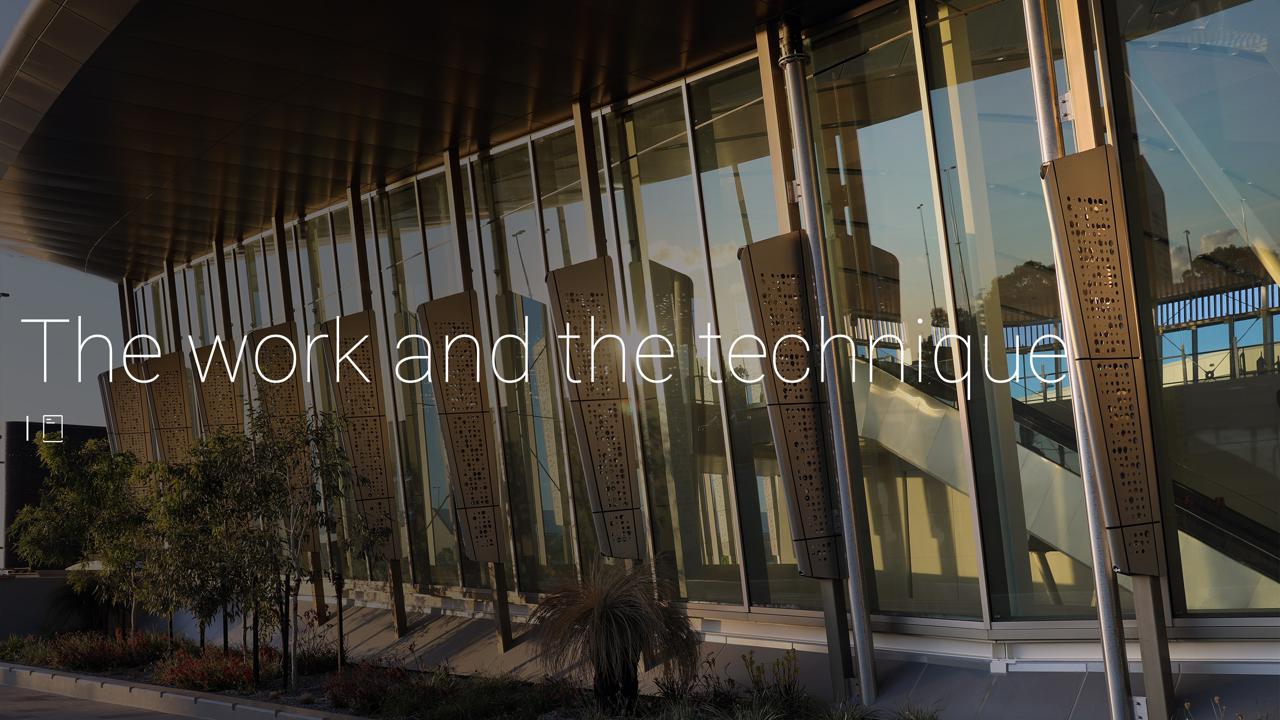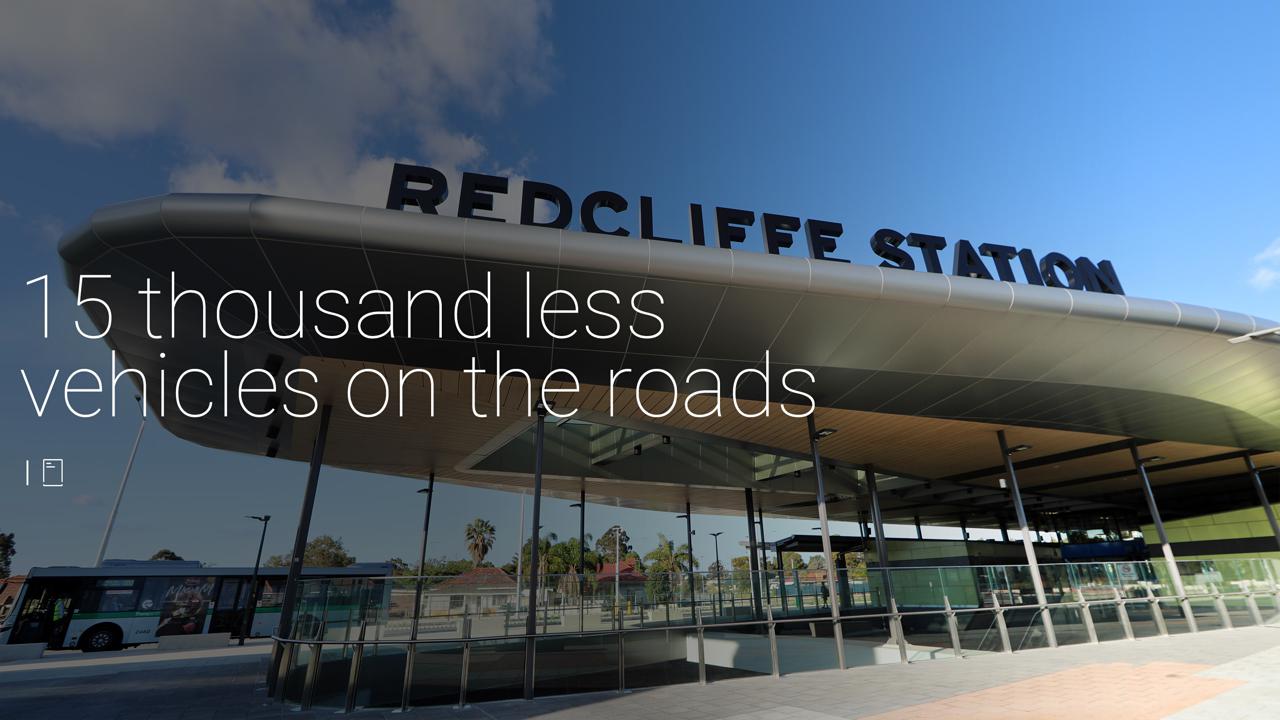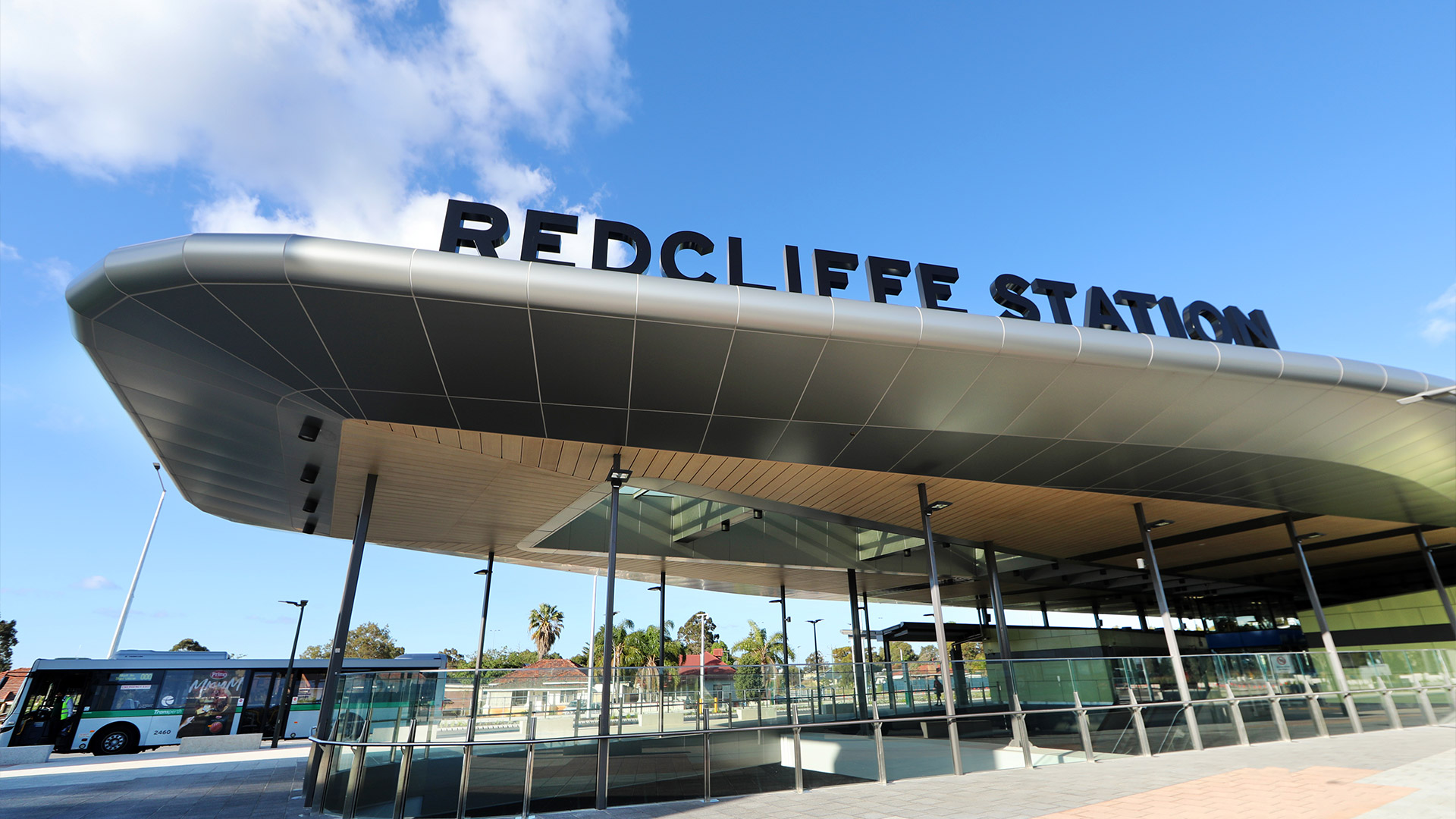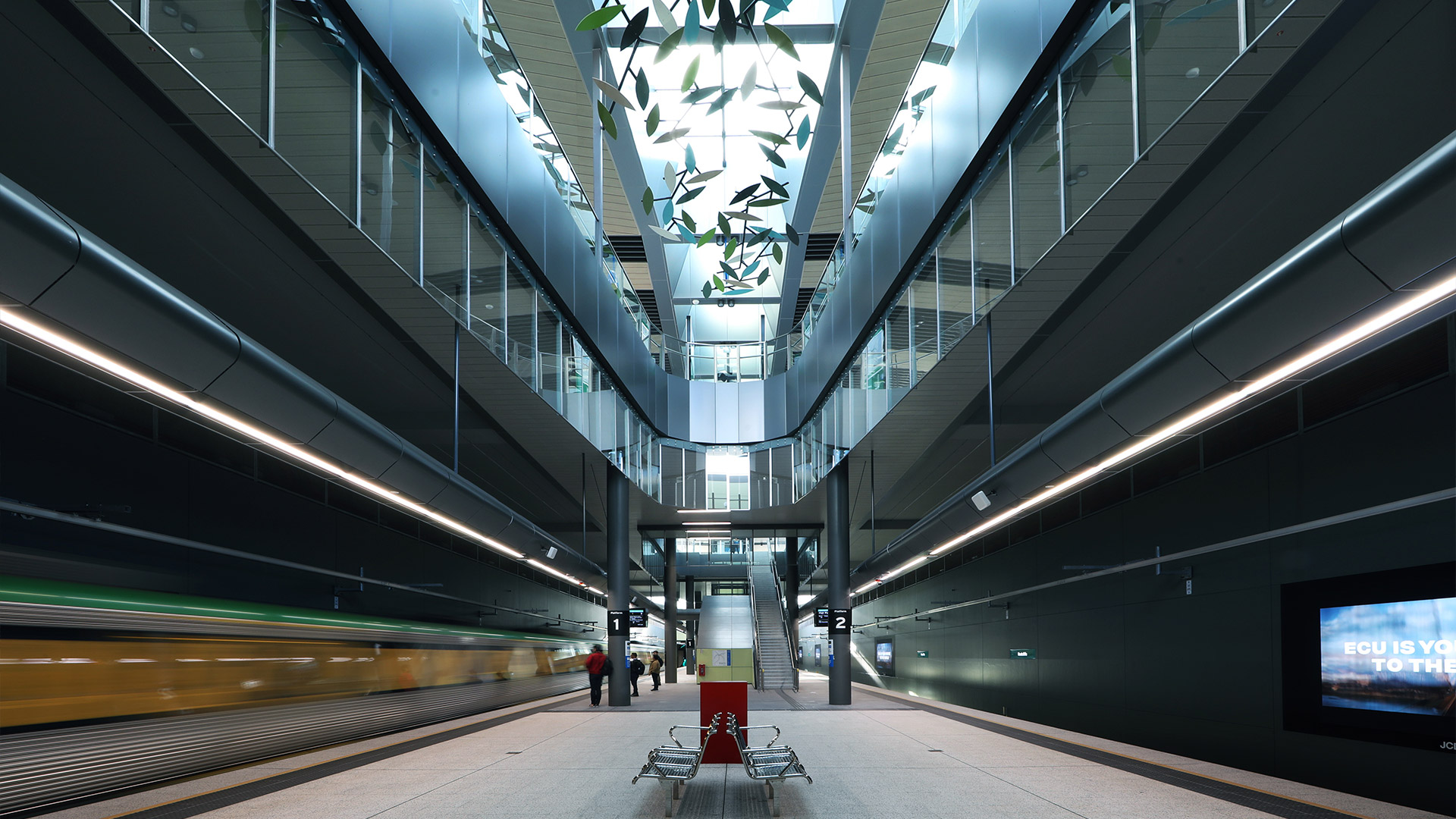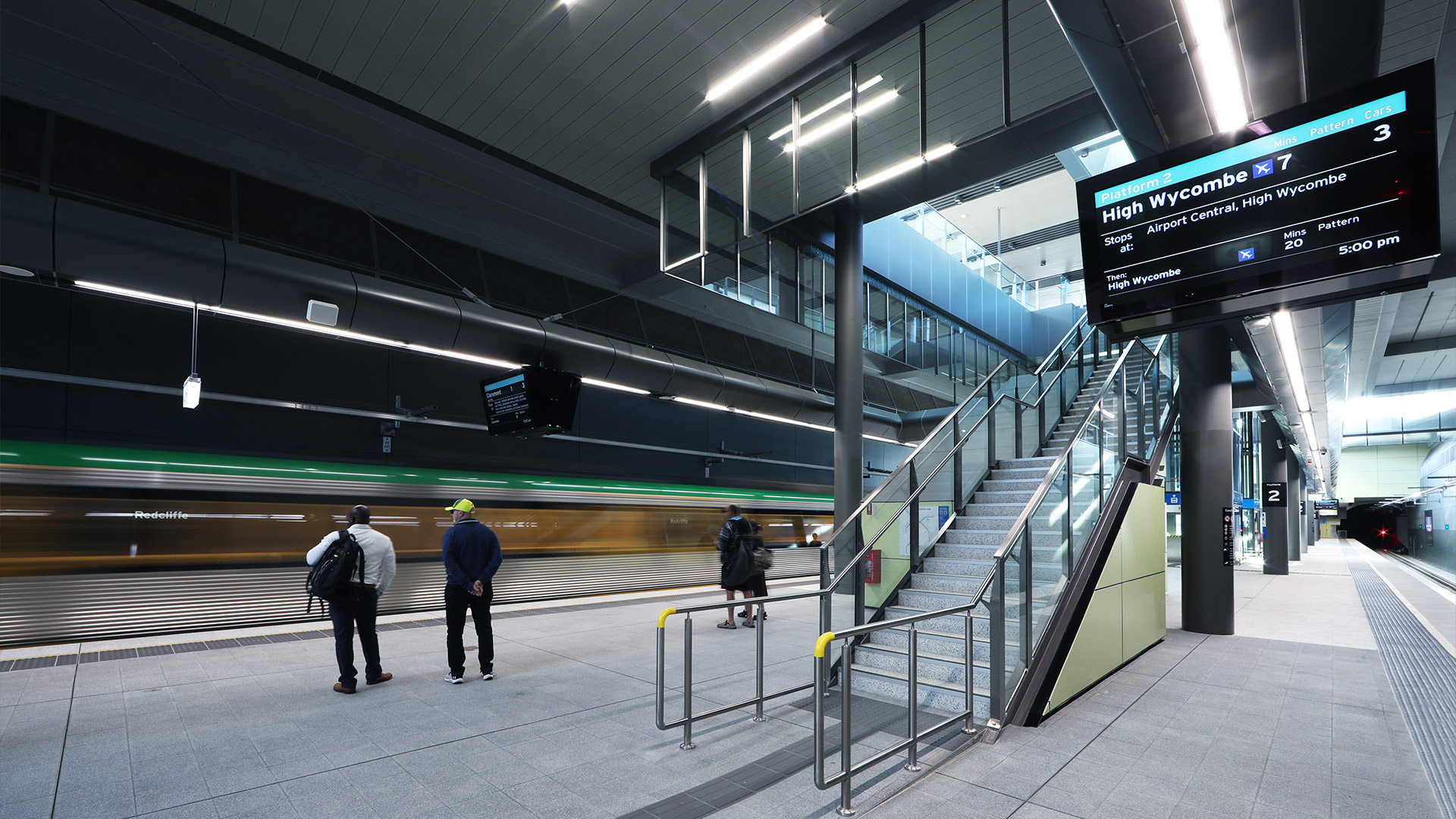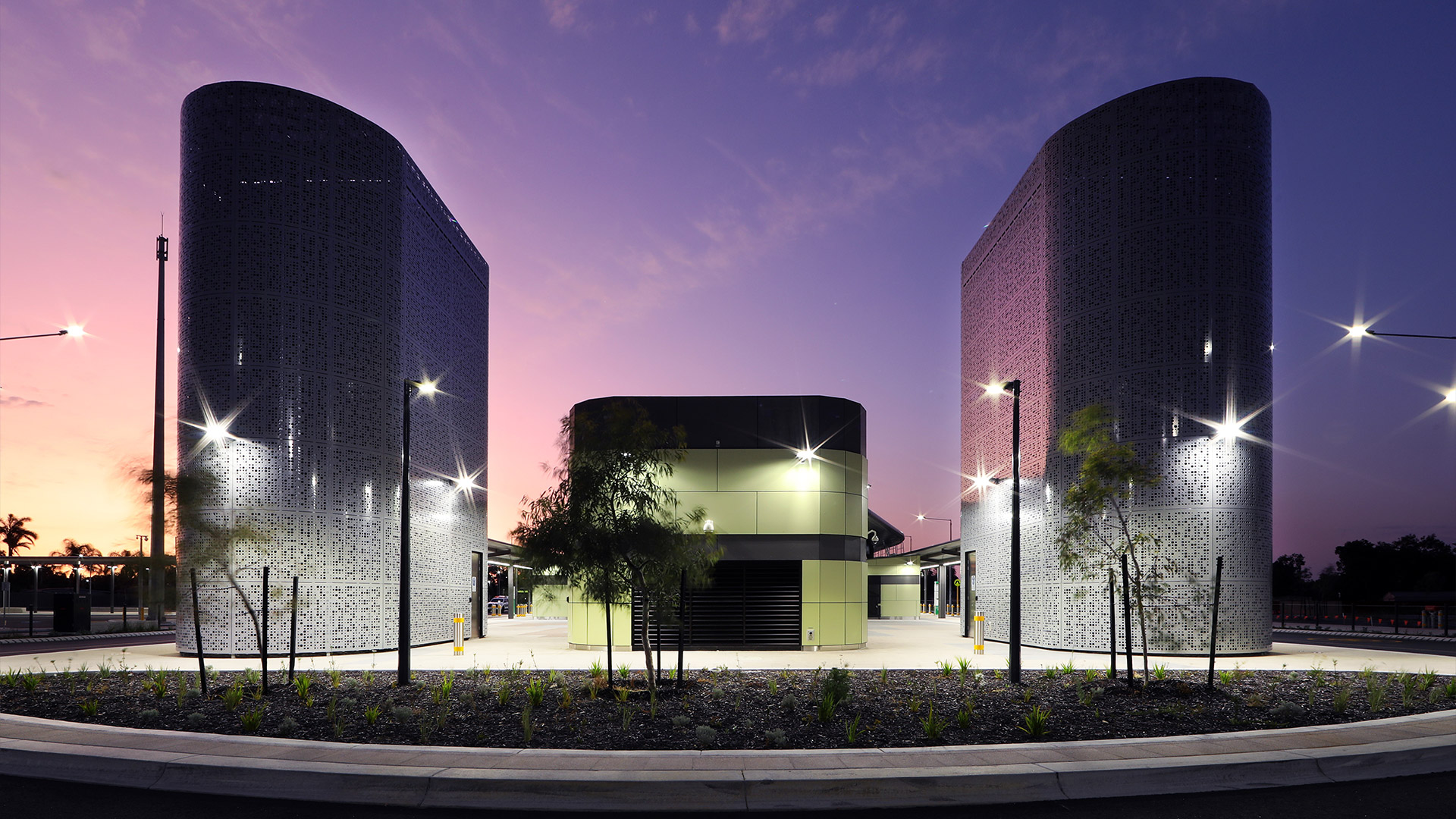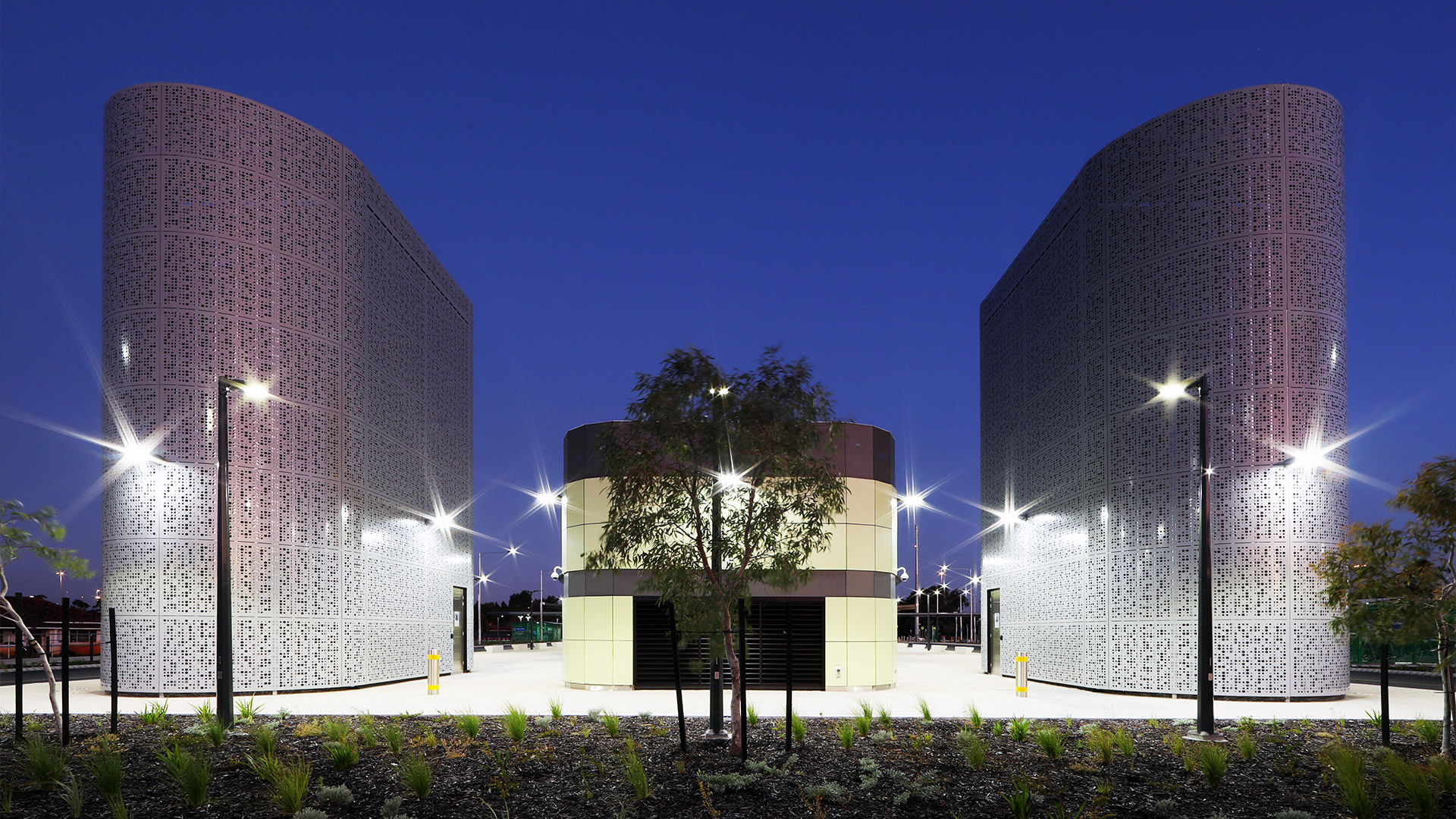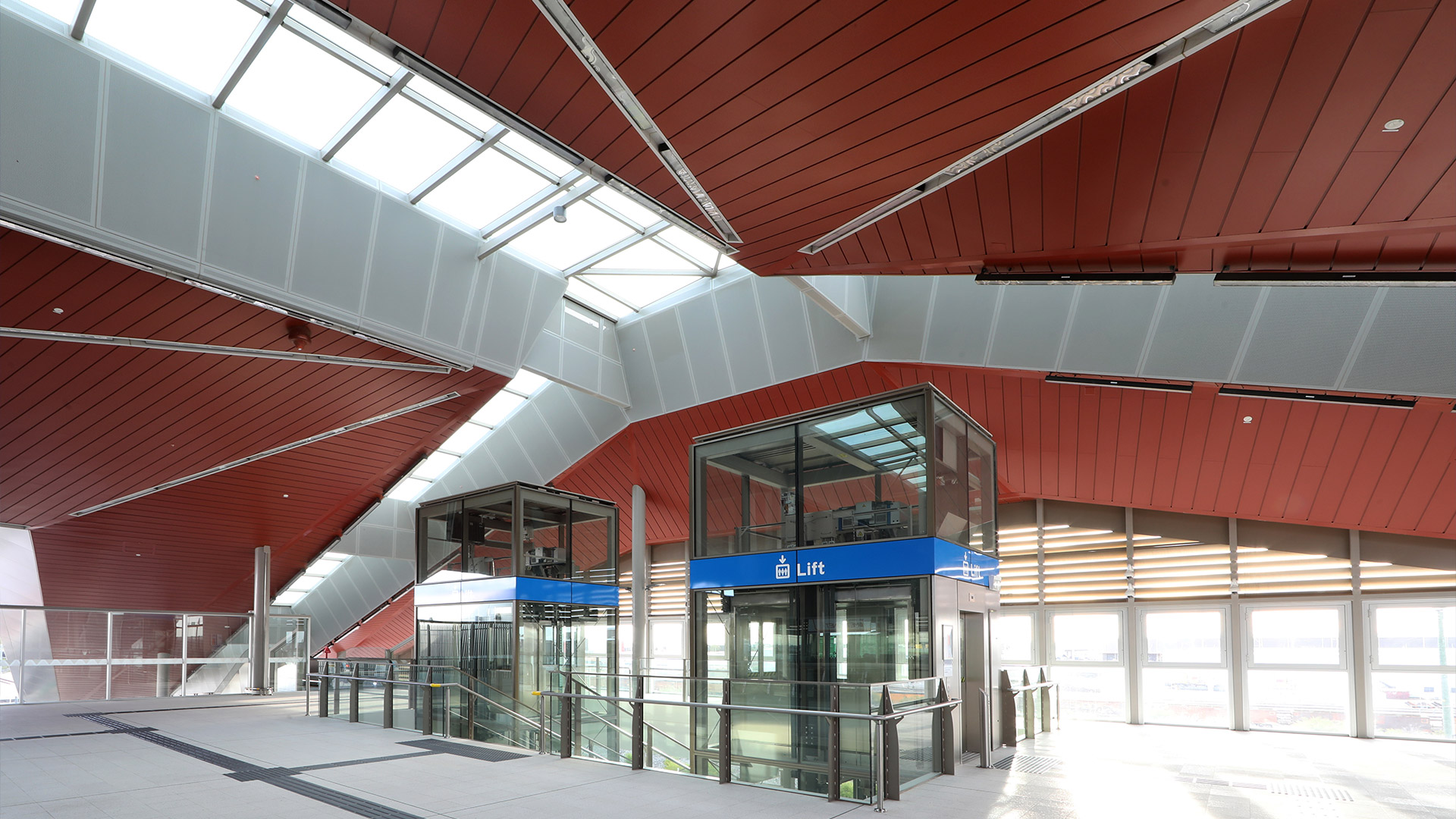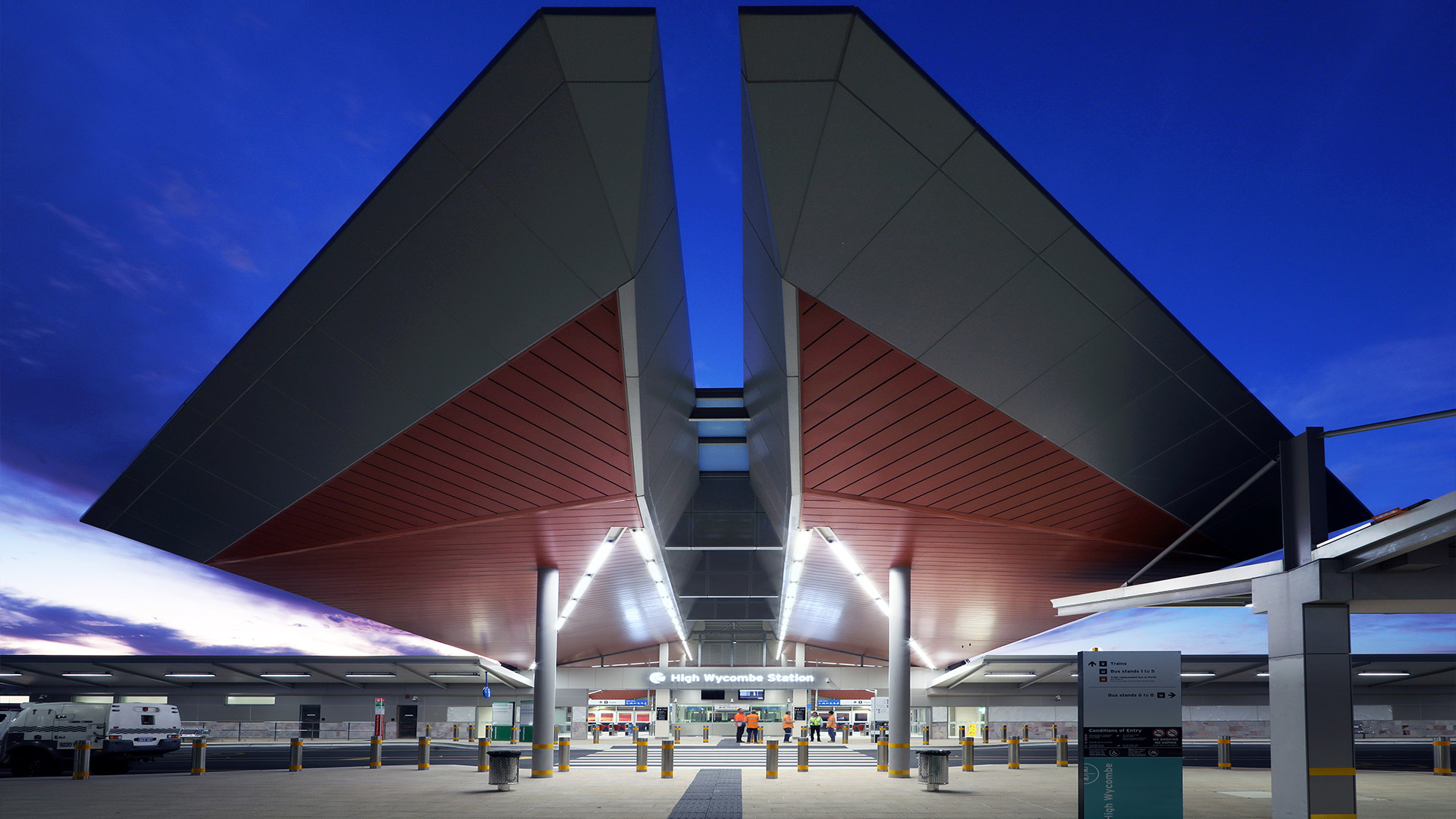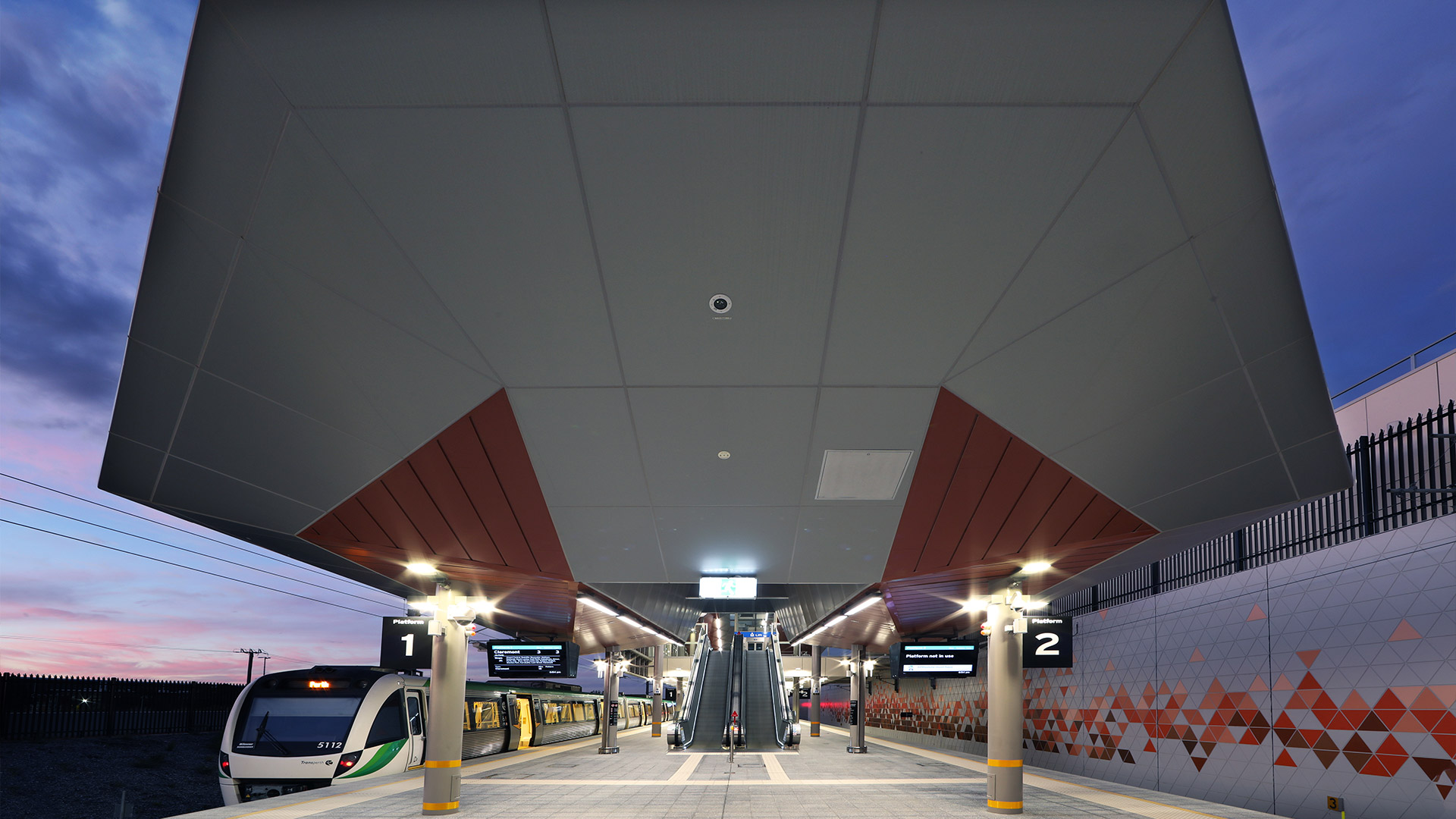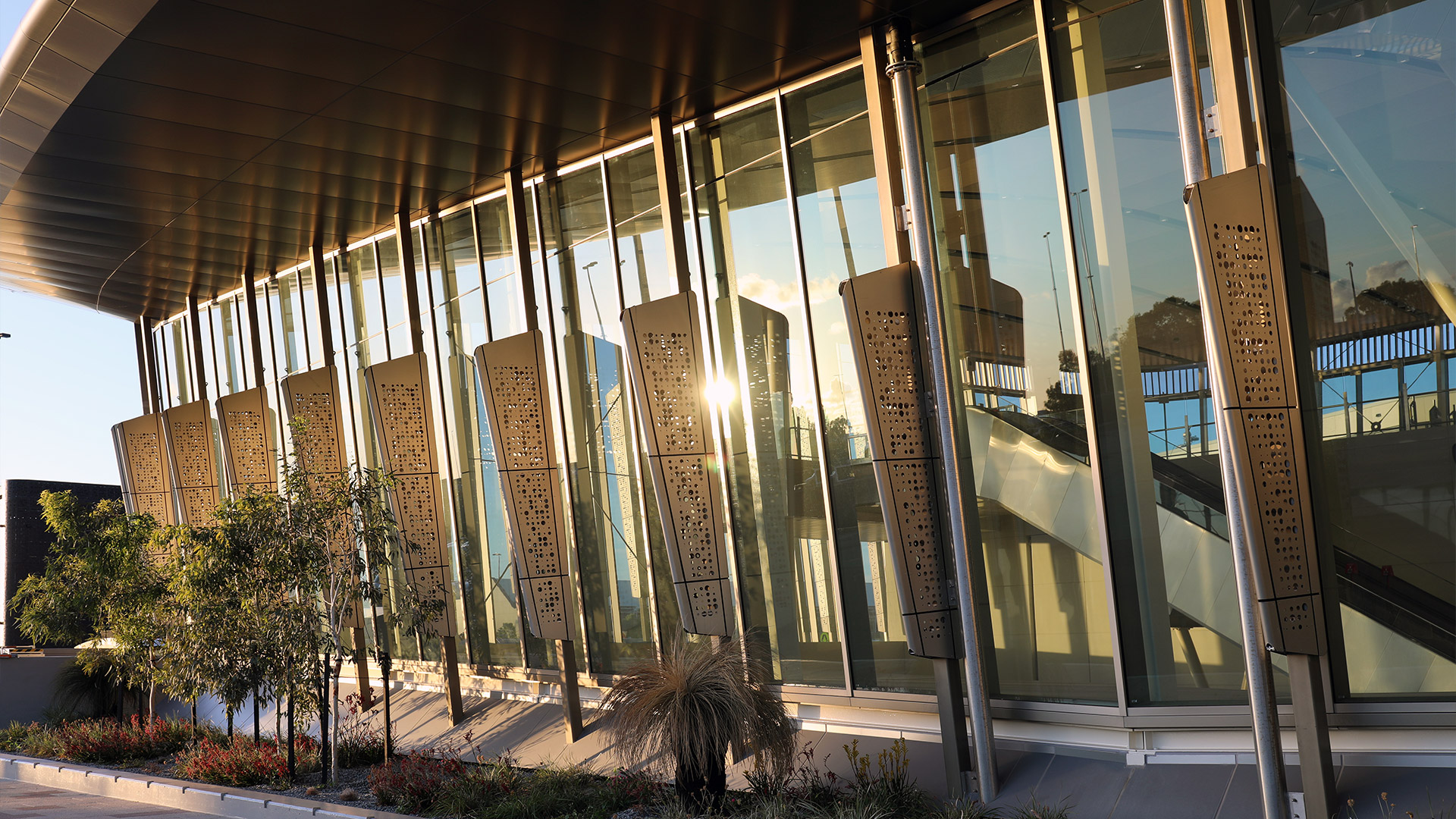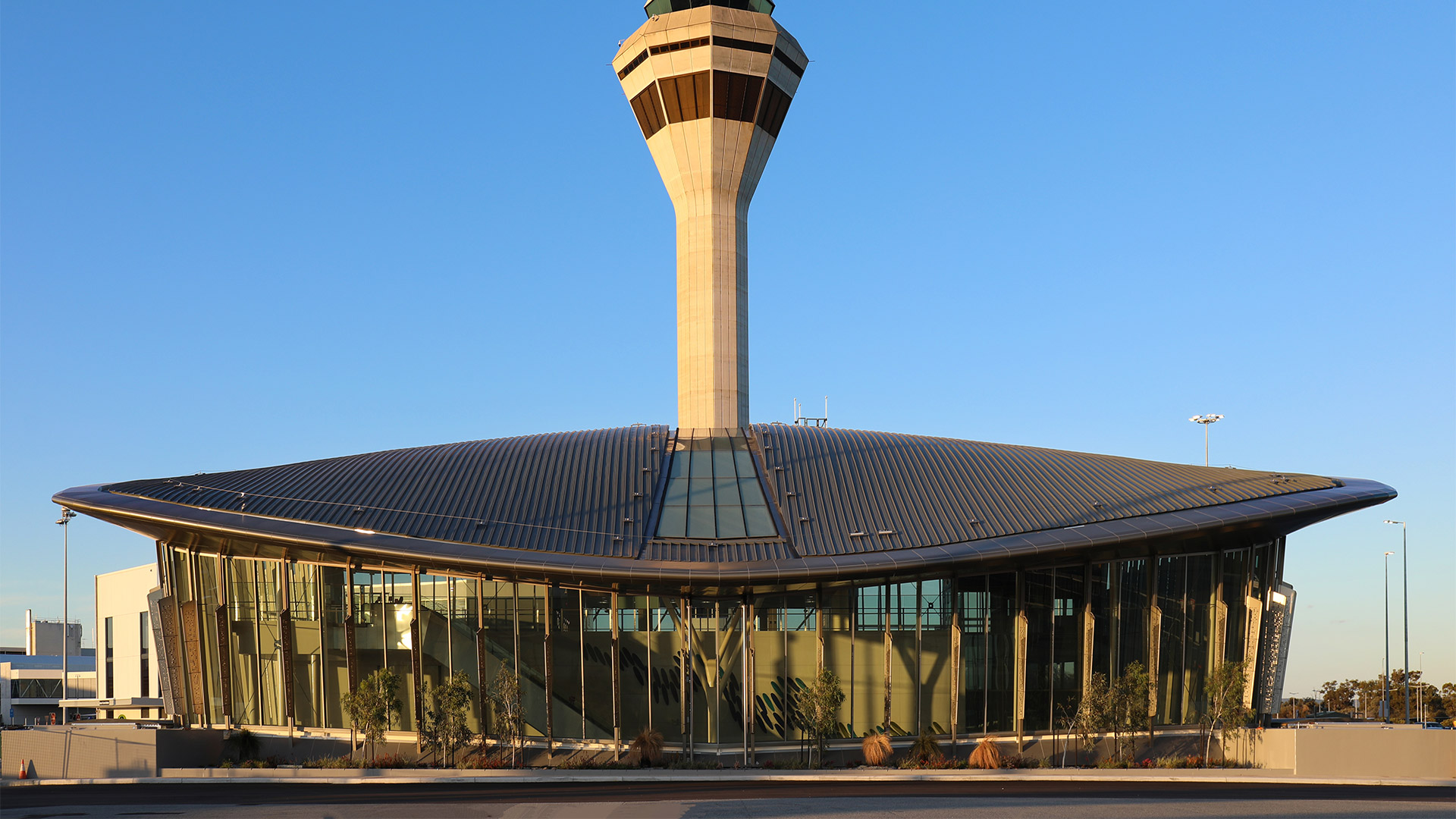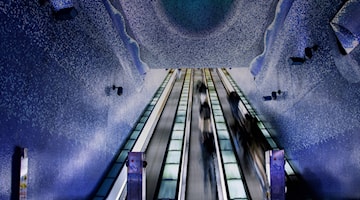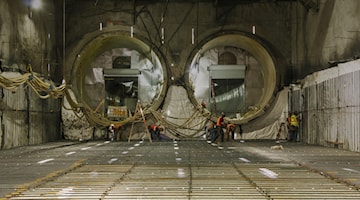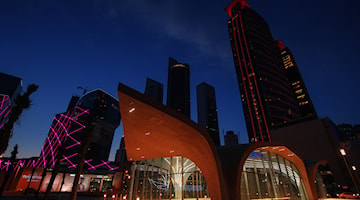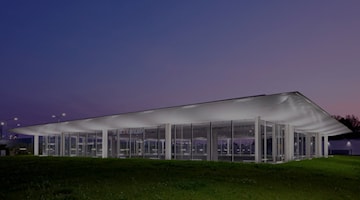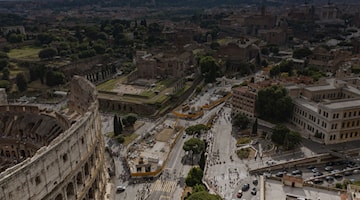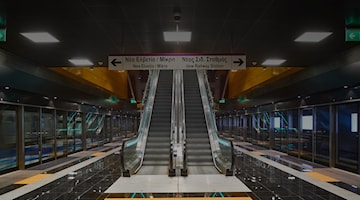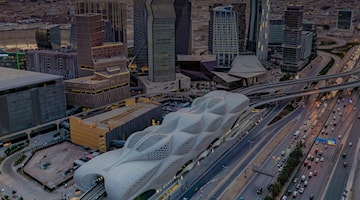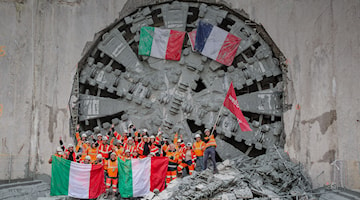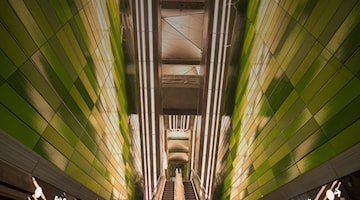The innovation loved by the environment
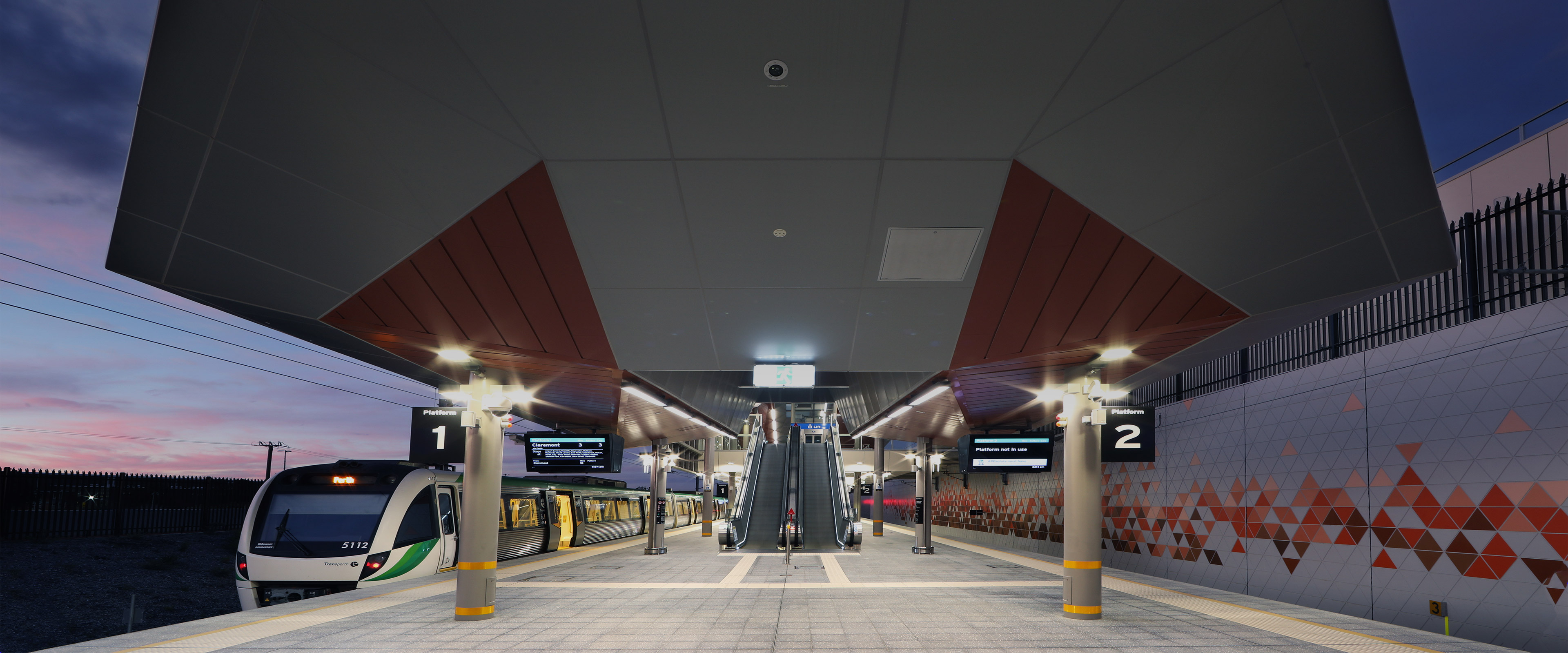
PERTH AIRPORT LINE, AUSTRALIA
The capital of Western Australia, the fourth most populated city of Australia, Perth, whose name is a homage to the Scottish city with the same name, has a mild temperature, white fine-grained beaches, marvellous natural reserves, an Aboriginal community, modern skyscrapers, museums, tunnels and a bright cultural scenario. Its modern development is due to the abundant minerals. It has a little over 2 million inhabitants and living costs are much more economic compared to Sydney, making it one of the most popular cities, not just for tourists, but also for many people who decide to live there. It is comfortably served by an airport, the main one in Western Australia, which can be reached with the Airport Line (which was previously known by the name Forrestfield Airport Link), the underground railway line that connects Perth's eastern side to the existing suburban railway line and to the airport.
The very modern METRONET Forrestfield-Airport Link (its complete name) connects the eastern suburbs of the city to the airport and to the business district with three stations. The overall route measures 8.5 kilometres, and of these 8 are entirely underground. Its tunnels run up to a maximum depth of 26 metres, under the previous railway lines and also under a section of the riverbed of the Swan River, which during the past centuries served as one of the main transport routes. A cutting-edge and fundamental infrastructure, which was completed in 2022 and that since then has ensured the transit of 20 thousand daily passengers and has reduced tyre transport benefiting the environment (minus 15 thousand daily vehicles). But also in terms of reduced time as from the 45 minutes by car passengers can now reach the destination in just 20 minutes.

THE WORK AND THE TECHNIQUE
KM TOTAL LENGTH
M EXCAVATION DIAMETER
STATIONS
Public Transport Authority (PTA)
Consortium led by Salini Impregilo, now Webuild, with the participation of NRW Pty Ltd
AWARDS
2019 Concrete Institute of Australia (WA) Award for designing and producing precast concrete segments for the tunnels of the Airport Line
2023 Award for Public Architecture (Chapter Western Australia) to the Airport Central Station for its design and architecture
The three Redcliffe, Airport Central and High Wycombe stations can be found along the 8.5-kilometre route of Perth new Airport Line. The entire line construction that includes a double-barrel tunnel and three new stops, was appointed, in April 2016, to a consortium led by Salini Impregilo, now Webuild, with the participation of NRW Pty Ltd, and with the involvement of a supply chain of over 1,200 companies.

CULTURAL INSIGHTS


15 thousand less vehicles on the roads
Perth is Australia's fourth most populated city (the metropolitan area, home to approximately 2.169 million residents) and it has the main airport of the region. The airport registered a transit of 12.4 million passengers from 2018 to 2019, placing itself at the fourth national position with regard to air traffic volume, aa position won mainly due to the many national flights. In 2024, Peth Airporth recorded a milestone of 16.9 million passengers, surpassing the previous record of 15.3 million set in 2023 and marking a 14% increase compared to pre-COVID levels.
This growth was driven by a 23% surge in international travel, which accounted for 56% of the annual increase, alongside strong gains in regional (7%) and interstate travel (6%). Given the high volume of passengers and the city’s rapid population growth in recent years—with a 3.6% increase between 2022 and 2023—the Perth Airport Line has had a significant impact on reducing road traffic. This shift has led to a notable environmental benefit, cutting CO₂ emissions by up to 2,000 tonnes per year. In a region where every year every car emits 1 tonne of CO2, due to the low quality of fossil fuels (for the high sulphur concentration in 2022 they stood at the 89th position worldwide) and of the lack of alternative means of transport, the presence of quick non-polluting connections like the Airport Link represents a positive environmental impact. The project is therefore in line with the government's goal of reducing by 2030 CO2 emissions by 43% compared to 2005 levels.






